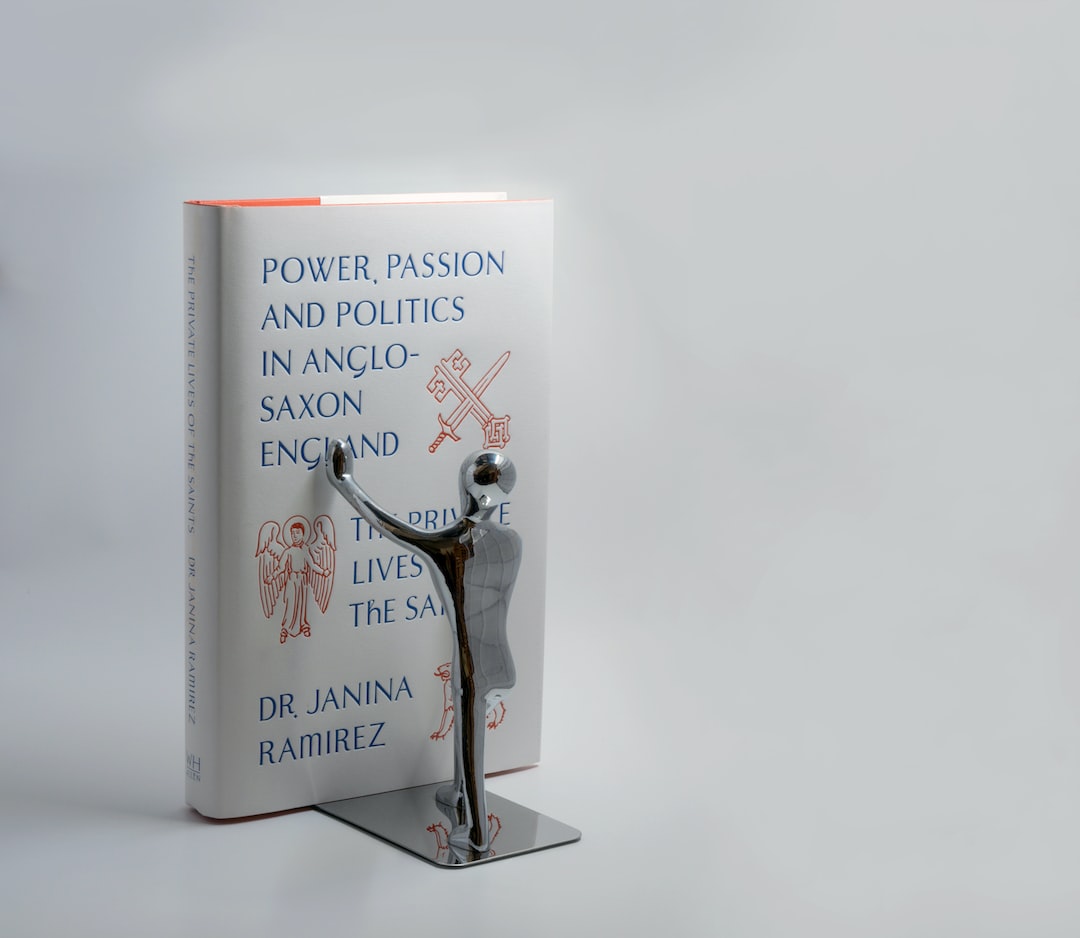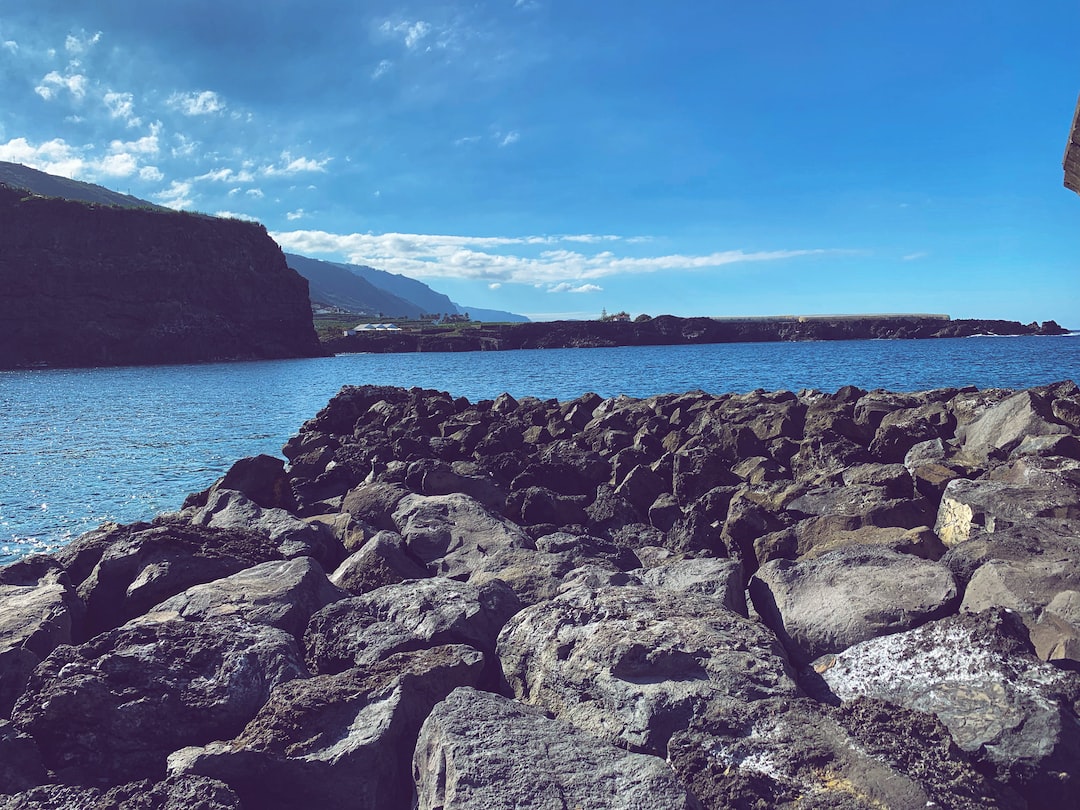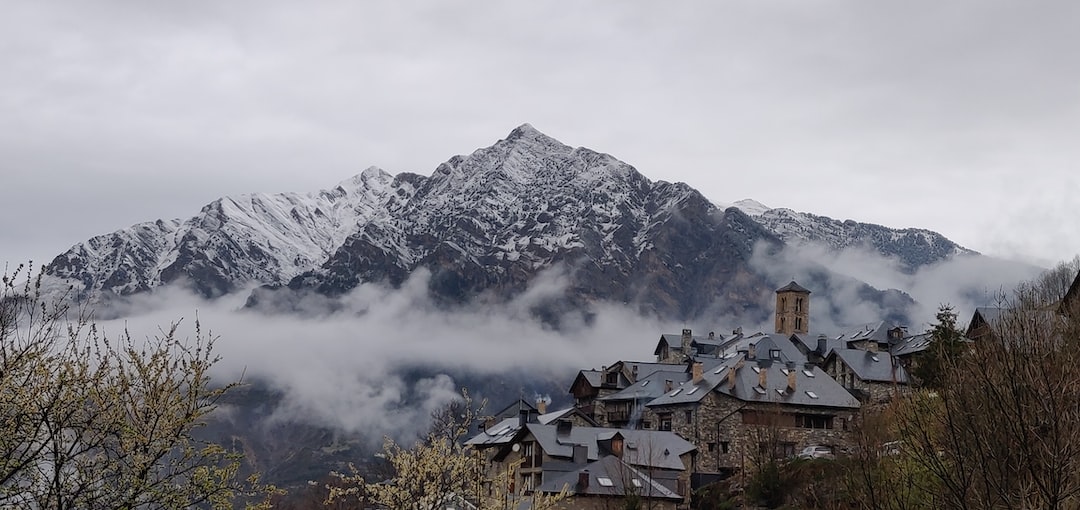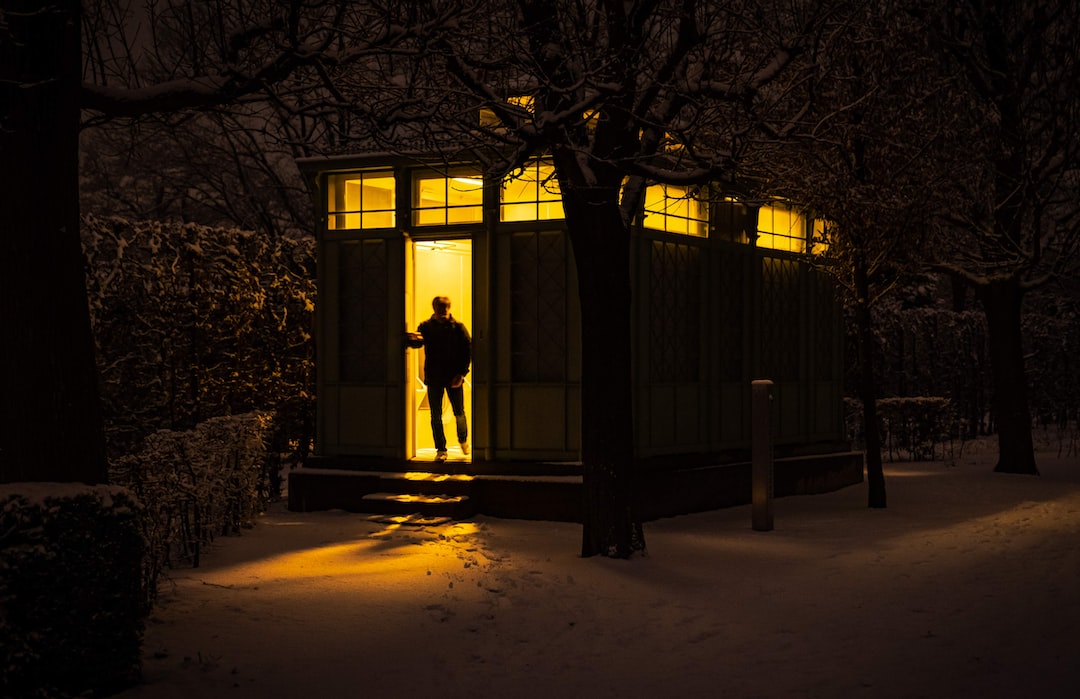Alright, take a deep breath because you’re about to embark on a thrilling ride through time. Democracy might sound like one of those boring history-class topics. But tbh, it’s way more interesting once you get into it. Trust me, democracy isn’t just something that popped up one day—it’s got a backstory so wild, you’ll wonder if it’s all just some scandal-filled reality show. From ancient cities that were basically the old-school versions of NYC to revolutions that changed the whole game, the history of democracy is a binge-worthy series with plenty of twists.
Democracy: How It All Began, Part 1—Greece: The OGs of Democracy
First things first, let’s talk about the place where democracy got its start—Ancient Greece. Around 500 BC, when most places were strictly top-down, one dude named Cleisthenes was like, “Why not let everyone (well, not everyone, but more on that later) have a say?” Athens became the world’s first true democracy. But, hold up, before you start believing ancient Greeks were some woke equality kings, there’s a catch. Women, slaves, and non-citizens couldn’t vote. Basically, half the population was still muted. But for the others—a small powerful minority—voting on everything from laws to leaders became the new normal. It was a direct democracy, meaning citizens voted directly on issues, not through representatives.
Now, how did they do it? Every eligible citizen had the right and responsibility to participate. They’d gather in massive assemblies, sometimes with thousands of people. Imagine a giant amphitheater packed like a concert but instead of moshing to their fave band, they were discussing public issues. And as chaotic as that sounds, it worked, kind of. Decisions were made collectively, and for the first time, the idea hit that power should lie with the people, not just one person or a tiny group.
But let’s get real—Greek democracy wasn’t flawless. It had huge restrictions, inequality was baked into the system, and there was a constant fear of mob rule. Any leader who got too popular easily risked being ostracized—and no, that doesn’t mean social media shade. Back then, you could literally be banned from the city for up to 10 years. But despite its flaws, you can’t ignore that Greece was the original hype machine for democracy.
Rome: Reppin’ the Republic Era
Okay, you’ve heard all about the Athenian democracy, but let’s fast-forward a bit and slide into Ancient Rome. While Greece gets the credit for dreaming up democracy, Rome’s Republic (509 BC to 27 BC) took things in a different direction. They were like, “What if instead of every single person having a say, we pick a few elite reps to decide for everyone?” This was the first representative democracy—where citizens voted for officials who would then make decisions on their behalf. Sounds familiar, right? That’s because this is basically the template for most modern democracies.
The Roman Republic was divided into two main powers: the Senate and the Assembly. The Senate was made up of the elite—the wealthy, old families—and boy, did they have influence. The Assembly, on the other hand, was more about repping the common folk, but, again, equality was a joke here. The gap between the elite and the regular citizens was massive, and your voice in the government heavily depended on your social status. This gave rise to loads of tension over time.
The Roman Republic lasted a solid 482 years, managing to expand their influence across Europe and North Africa. But just like that one toxic clingy ex, leaders got too power-hungry. Julius Caesar pulled his big move, crossed the Rubicon, and ended up converting the Republic into an empire. Democracy, at least Roman-style, hit the bench for a couple millennia as empires and kingdoms seized the throne across the globe.
Medieval Times: The Dark Ages of Democracy
No cap, democracy pretty much ghosted the scene during the Middle Ages. From roughly 500 AD to around 1500 AD, monarchy was the standard across most of Europe. Kings, queens, and the Catholic Church had virtually all the control. You spoke out against them and well, let’s just say, things didn’t look good for you. Your best bet was staying in your lane, working the fields, and praying you didn’t catch the plague.
But here’s the tea—democratic ideas didn’t fully disappear; they were just in standby mode. Some forms of participatory governance lived on in certain towns and cities, like Italian communes or Swiss cantons. These were small pockets where peasants and middle-class folks had a bit of say. It wasn’t much, but think of it like a democratic flicker keeping the concept alive, hidden behind layers of feudal power. Also, for what it’s worth, medieval England gave us the Magna Carta in 1215—a document where King John had to agree to limit his power and respect certain rights, like not imprisoning nobility without cause. People saw this as a baby step toward modern democracy, but honestly, it wasn’t until way later that things really kicked off again.
Renaissance and Enlightenment: The Democratic Glow-Up
Finally, we’re getting to the Renaissance and Enlightenment periods, when things start heating up! The Renaissance (14th-17th centuries) wasn’t just about dope art and epic architecture; it was also about rediscovering classical ideas. Thanks to scholars dusting off ancient Greek and Roman texts, people started rethinking things like governance. Italy, France, and England were steeped in cultural and intellectual revolutions, challenging the status quo.
The Enlightenment (17th-19th centuries) was the next level up—a full-blown intellectual revolution that produced iconic thinkers like John Locke, Voltaire, Montesquieu, and Rousseau. These dudes penned works questioning absolute monarchy and pushing ideas about liberty, equality, and justice. For example, John Locke’s theory of government by the consent of the governed became the bedrock for modern democracy. This era literally birthed the slogan “Liberty, Equality, Fraternity” that would later fuel the French Revolution.
Cue the rise of democratic ideas! Enlightenment thinkers threw shade at monarchies and uplifted the importance of human reason and individual rights. Ancient democratic ideals were rebranded, and suddenly, the concept of democracy wasn’t just some ancient throwback—it was revolutionary 🔥. People began to seriously question who should hold power, and monarchies everywhere started getting nervous.
The American Revolution: A New Nation, a New Vision
By the late 18th century, things were reaching a boiling point across the pond in the American colonies. No one was feeling King George III’s rules, and the slogan “No taxation without representation” spread like wildfire. Tbh, the colonies were just done with the whole monarchy vibe. Enter the American Revolution (1775-1783). Inspired by Enlightenment ideals and fueled by dissatisfaction, the thirteen colonies declared independence in 1776, aiming to build a nation that placed power in the hands of the people.
The Declaration of Independence, drafted by Thomas Jefferson, was super radical for its time—it basically said, “We don’t need no king; we got this on our own.” After winning the war, the United States set up a Constitution that enshrined democratic principles. Here’s the twist: it wasn’t a direct democracy like Ancient Greece but a representative one, closely following Rome’s playbook. However, just like with Athens and Rome, the early U.S. democracy wasn’t perfect. Only white, land-owning men were fully included—so yeah, lots of people were still left out. But in the grand scheme, this was democracy 2.0, with a newer, cooler social contract.
The French Revolution: Vive la Révolution!
Right after the American Revolution, France decided it was time to get in on the action. The French Revolution (1789-1799) was bloody, chaotic, and game-changing. The French were over their social inequality and broke af due to continuous wars, heavy monarchies, and famine. Inspired by the American project and driven by Enlightenment ideas, the French stormed the Bastille, igniting a revolution that would flip France upside down.
As the revolution gained momentum, monarchy was abolished, and the idea of “Liberté, Égalité, Fraternité” took center stage. The French tried to emulate the U.S., setting up a republic, but things got super messy. They went through phases of radicalism, including the infamous Reign of Terror where heads (literally) rolled. Eventually, Napoleon Bonaparte seized power, turning revolutionary France into an empire—so democracy took an unexpected hiatus.
But don’t be fooled by the dumpster fire of the Reign of Terror. The French Revolution spread huge, big-time democratic ideals across Europe and beyond. Even though it stumbled, France showed that a nation could overthrow an absolute monarch and aim for people power.
19th Century: The Domino Effect
The 19th century was sort of the age of revolutions and reforms all around the world. From Latin American colonies fighting for independence to European territories pushing for change, democracy was becoming a hot topic. Like when you watch a TikTok trend grow, countries started feeding off each other’s energy. Napoleon’s conquests across Europe inadvertently planted seeds of nationalism and democratic ideas. But these weren’t just spontaneous uprisings—the success of America and the chaotic whirlwind of France set the stage.
Across Latin America, countries like Venezuela, Mexico, and Argentina began asserting their independence. Simón Bolívar, aka “The Liberator,” led multiple campaigns and mopped the floor with Spanish forces, helping countries across the continent claim sustenance. Inspired by Enlightenment ideals and wanting to shake off colonial shackles, they created republics that aimed to represent the people.
In Europe, the 19th century was pretty much defined by the struggle between old monarchies trying to cling to power and burgeoning democratic movements. There were revolutions in 1830 and 1848 that sought to push for democracy, though they met mixed success. The biggest takeaway was the gradual shift towards constitutional monarchies and parliamentary systems, especially in places like Great Britain, where reforms eventually expanded the electorate to include more men from various social backgrounds.
The Rise of Socialism and Marxism: Challenging the System
As democracy blossomed, new ideologies began to take root, challenging the democratic capitalist model. Enter socialism and Marxism. The Industrial Revolution (late 18th to early 19th centuries) had transformed economies worldwide but also brought about staggering inequality. Capitalist democracy was cool and all, but let’s be honest, LIFE SUCKED for most factory workers.
Karl Marx and Friedrich Engels rolled in with "The Communist Manifesto" in 1848, throwing flames at capitalism and democratic systems that only served a small elite. Marxism proposed a classless society where the state would eventually "wither away," leaving behind a utopia where everyone was equal. Socialism and communism gained traction, leading to democratic-socialist movements that aimed to blend democratic governance with social ownership of resources.
Though never fully realized, these ideas significantly impacted political systems worldwide. Even today, these discussions remain highly relevant, as countries debate how to balance free-market capitalism with social welfare programs that aim to reduce inequality.
WWI and the Interwar Period: Democracy Gets Tested Hard
World War I was a reality check for democracy. European monarchies were exposed—many fell as the world witnessed unimaginable destruction. When the war ended, the Treaty of Versailles in 1919 aimed to reshape Europe with more democracies and fewer kings. Germany, for example, flipped the switch from a monarchy to the Weimar Republic, a democratic experiment with a Constitution and everything.
But democracy was walking a tightrope. The interwar period (1919-1939) was basically a decade-long test for new democratic regimes in Europe. The Great Depression hit like a brick in 1929, casting doubt on capitalism and democratic governance. Panicked populations started looking for stable solutions, and guess who was lurking in the shadows? Authoritarian movements. Fascists and communists began to rise, offering seemingly strong systems that promised to "fix" the chaos and inequalities that democracy was failing to address.
World War II: The Ultimate Fight for Democracy
World War II wasn’t just any war; it was the most epic ranged battle ever between democratic forces and the corrupt. It pitted totalitarian regimes like Nazi Germany, Fascist Italy, and Imperial Japan against democratic nations like the United States, the United Kingdom, France, and their allies.
After six years of brutal conflict, Allied forces triumphed, and democracy was reaffirmed as a global ideal. But winning the war wasn’t just about beating the Axis powers—it was a battle for the future of democracy. The war left a legacy that would reshape the political landscape, leading to the establishment of the United Nations in 1945, which aimed to prevent future wars and promote self-determination, rule of law, and human rights worldwide.
The Cold War: Democracy vs. Communism
As World War II wrapped up, the Cold War took center stage, pitting democracy (particularly Western-style liberal democracy) against communism. This wasn’t a war with guns and trenches but a war of ideologies that spanned all continents. The West, led by the U.S., championed liberal democracy focusing on individual liberties and free-market economies. Meanwhile, the Soviet Union and its allies pushed a socialist model grounded in state control and a one-party system.
The Cold War saw proxy wars, like those in Korea and Vietnam, fought not just over territory but over which political model would rule. Both sides conducted intense propaganda campaigns, launched space races, and built up huge nuclear arsenals, all as power plays in this grand game of ideological chess. While democracy became synonymous with freedom and prosperity in the West, communism also had its appeal, especially to countries just shaking off the chains of colonialism and imperialism. Ultimately, in 1991, the Soviet Union collapsed, marking a major win for democratic ideals on the global stage.
The Late 20th Century: Democracy’s Global Explosion
After the Cold War, democracy saw some insane growth on a global scale. Countries that had been under monarchies, dictatorships, and colonial rule finally got a taste of people power. From the fall of the Berlin Wall in 1989, symbolizing the end of Soviet influence in Europe, to the end of apartheid in South Africa in the early 1990s, democracy was winning hearts everywhere.
The concept of free and fair elections spread like wildfire. Emerging democracies in Africa, Asia, Latin America, and Eastern Europe began installing democratic systems, though often facing their own unique challenges and upheavals. The ’90s were like a big celebration for democracy, and everyone seemed to be catching the vibe. But to be fair, in some places, democracy was only skin-deep, and corruption, electoral fraud, or military coups still plagued the political atmosphere.
The 21st Century: Digital Age, New Challenges
Now we’re stepping into the wild and uncertain vibe of the 21st century. You’d think democracy would be stronger than ever, right? I mean, more people can vote now than at any other time in history. But hold up; it’s not all rainbows and butterflies. The Digital Age has brought amazing benefits to democracy—there’s more access to information, easier ways to communicate, and social media for organizing protests or rallying for change. But it’s also been a double-edged sword.
Social media’s ability to spread ideological trash is both a blessing and a curse. Misinformation travels faster than the truth. Cyber-attacks, election interference, and fake news have shown us that democracy can be hacked, literally and metaphorically. Think of how polarized and divided so many democracies have become, from the U.S. to Brazil to the Philippines. Populism is on the rise in many places, eroding trust in democratic institutions, as more people question whether the whole system is rigged against them. There’s the constant battle to solve systemic inequality, bias, corruption, and climate change—problems that democracies must tackle to stay legit.
The Future of Democracy: Where We At?
The future of democracy is up for debate. Some people see it being stronger than ever—a beacon of hope in a world that’s increasingly interconnected. Others worry that authoritarianism is creeping back in, exploiting our weaknesses and divisions. Who’s right? It’s impossible to say. What’s clear is that democracy is a work in progress. It requires constant vigilance, participation, and innovation. Has it always been perfect? Hell nah. But it’s that very imperfection that people need to keep improving upon.
For democracy to survive and thrive, it’s all about adapting to new realities and ensuring that it actually works for everyone, not just a privileged few. As we move forward, the next big challenge for democracy won’t just be about getting people to vote. It’ll be about making sure that everyone has a voice, online and offline. It’s a system that thrives off participation, and it relies on us, the next generation, to keep it alive 💪.
The Top 5 Turning Points in the History of Democracy
- Ancient Athens: First recorded direct democracy. It had its flaws, but it’s the OG.
- The Roman Republic: Birth of representative democracy, a system that’s more like what we see today.
- The American Revolution: Kickstarting modern democracy with freedom and equality—at least on paper.
- The French Revolution: A dramatic and bloody reminder that change ain’t easy, but sometimes necessary.
- The late 20th Century: An explosion of new democracies, but not without its challenges.
FAQ: Everything Gen-Z Wants to Know About Democracy
Q: Is democracy really the best system?
A: It’s def got its perks—freedom of speech, the right to vote, the power of protest—but it’s not flawless. The best system? That’s up to debate. Many say it’s the best we’ve got so far, but trust, it needs continuous improvements.
Q: Why are there so many different types of democracies?
A: Like people, democracy comes in all shapes and sizes. Some prefer a direct model, while others go for representative, and then there’s stuff like constitutional democracies that add extra layers for protection. Different history, culture, and social values lead to different flavors of democracy.
Q: Why is spreading democracy so tough?
A: Because old systems don’t go down easy. Many places have deep-rooted history with authoritarianism, and it’s hard to change that overnight. Plus, not all democracies function equally around the world—sometimes it’s imposed without necessary cultural understanding. It’s a WIP, a constant struggle.
Q: What’s up with the downfall of democracies we hear about lately?
A: Democracies can erode from inside if people don’t pay attention. Corruption, voter apathy, fake news, and authoritarian pushes can weaken democratic checks and balances. And remember, strong institutions and an informed populace are key to keeping democracy intact.
Sources and References: Know Your Facts
- "The Athenian Democracy in the Age of Demosthenes" by Mogens Herman Hansen – A deep dive into the first democracy.
- "A History of Rome" by Marcel Le Glay – Covers Rome’s transition from republic to empire.
- "The Age of Revolution: 1789–1848" by Eric Hobsbawm – A comprehensive look at the revolutionary period.
- "Democracy: A History" by John Dunn – Offers a modern take on the evolution of democracy.
- "The Cold War: A New History" by John Lewis Gaddis – Context for the global struggle for democracy.
And that’s a wrap! That was a deep dive through a few thousand years, and yet, we’re just scratching the surface. Democracy’s a journey—not a destination, and it’ll be all the more interesting to see where it goes with the generation that’s digital, global, and more woke than ever dropping their mark on the timeline. 💥




